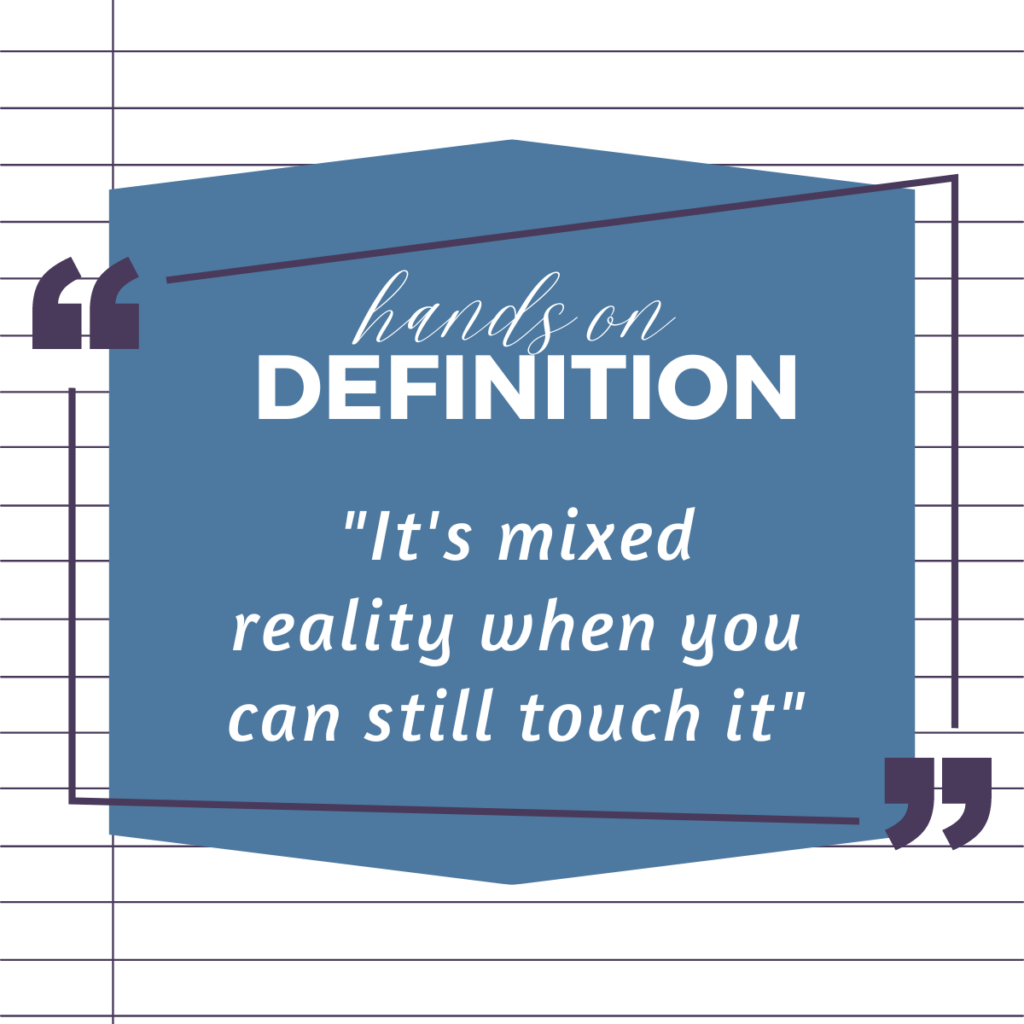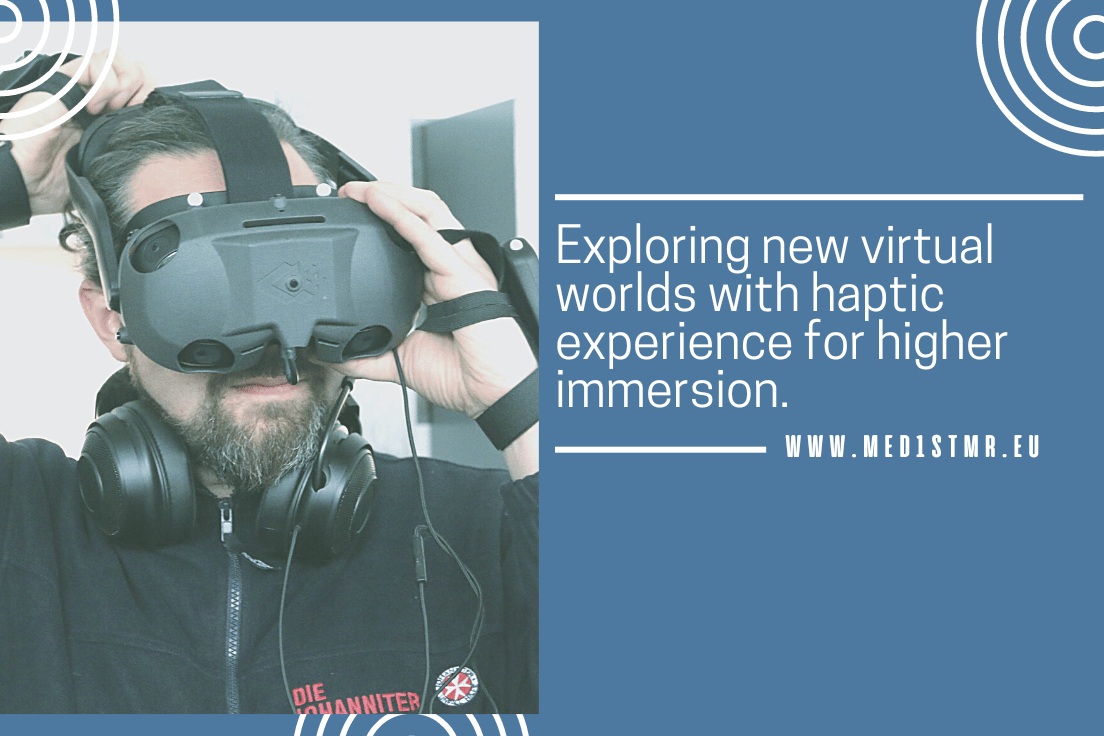Mixed Reality (MR) and Virtual Reality (VR) are both technologies that allow users to immerse themselves in a computer-generated environment. However, they differ in the way they blend the virtual world with the real world.
Virtual Reality (VR)
Virtual Reality is a fully immersive experience where users are completely immersed in a computer-generated environment. They wear a VR headset that completely blocks out the real world and replaces it with a virtual one. VR is primarily used for gaming and entertainment, but it also has applications in education and training.
Mixed Reality (MR)
Mixed Reality, on the other hand, blends the virtual world with the real world, allowing users to interact with both. Mixed reality refers to a more immersive experience where virtual objects and the real world co-exist and interact with each other. This creates a seamless blend between the physical and digital environments, allowing the user to move freely and experience the virtual objects as if they were real. Haptic experience, or the sense of touch, is an important aspect of mixed reality (MR) as it allows users to physically interact with virtual objects.

In MED1stMR we want to achieve this by integrating high-fidelity simulation manikins into the VR overlayed with virtual wounds and medical issues (like the movement of eyes), combined with the sensory experience of feeling the manikin and its vital signs like the pulse etc.
Moreover, medical tools will be integrated virtual and/or as real (touchable) virtualised tools. This combination of virtual (surrounding, bystander avatars etc.) and haptic (manikin, medical tools) environments will create a higher immersion for the trainees and consequently a better learning effect and higher mass casualty incident preparedness.
The integration of simulation manikins, also known as patient simulators, in virtual medical training is a growing trend in the medical education field and MED1stMR achieves an innovative approach in its unique combination and field of application, mass casualty incident training. It will allow training procedures in a safe and controlled setting with thus a realistic and immersive experience.

